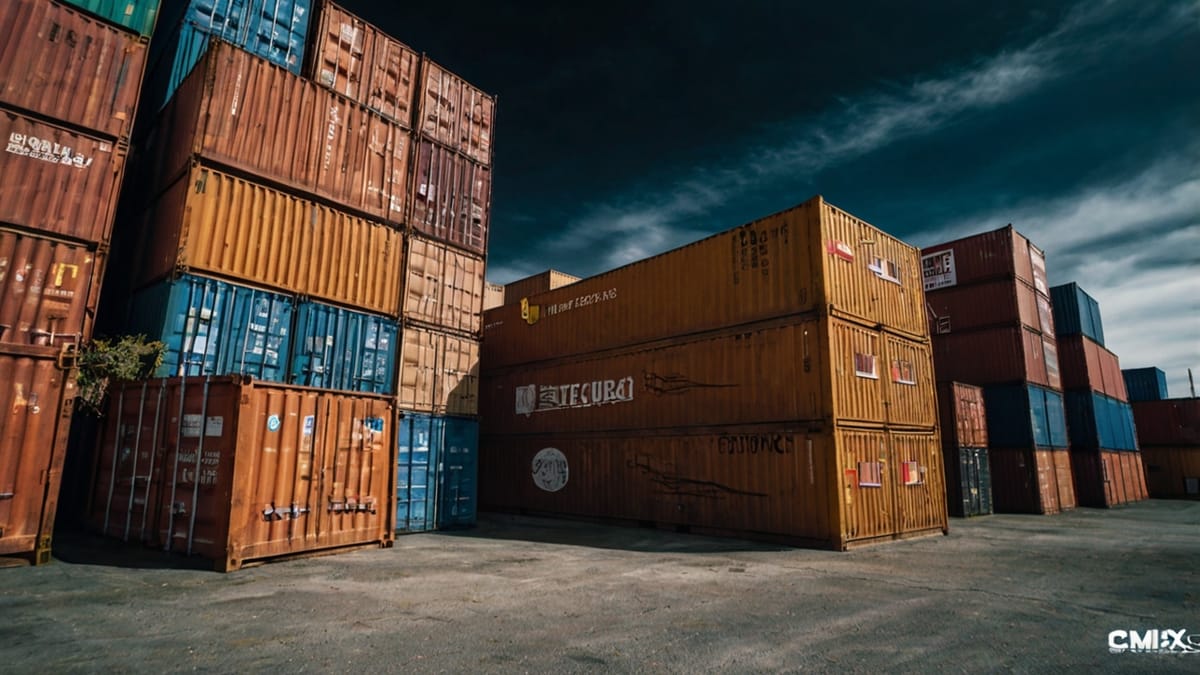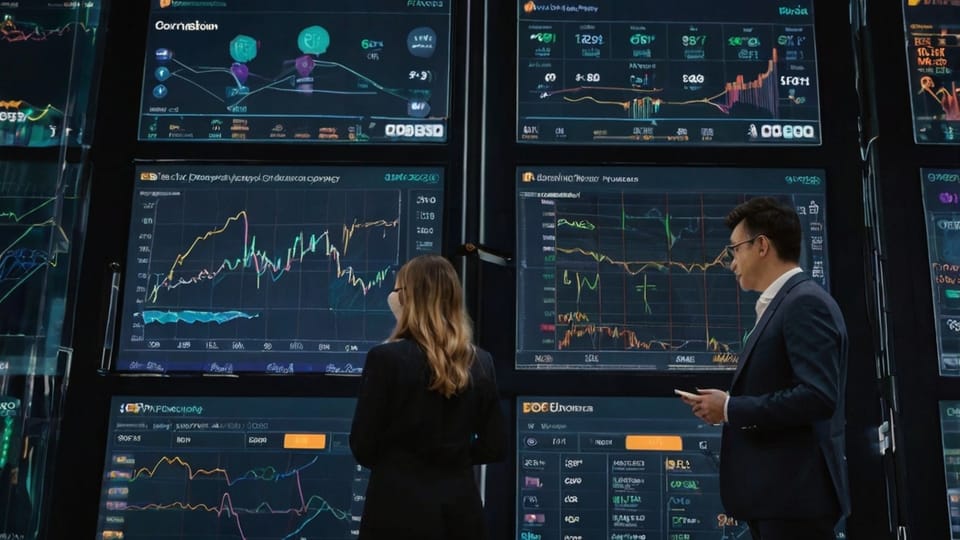Shipping Containers and "Dark Stores"

Rethinking Economic Signals: What Shipping Containers and Dark Stores Are Really Telling Us
Mainstream indicators like GDP and unemployment rates remain essential, but they don’t always capture the leading edges of economic change. Two emerging metrics — container availability and the rise of dark stores — are offering early clues about supply chain health and consumer behavior. Both trends deserve careful attention, though with a healthy dose of skepticism.
Container Availability: A Barometer for Global Trade
The Container Availability Index (CAx), published by Container xChange, tracks the balance of empty containers across major ports worldwide. Elevated availability usually signals containers are sitting idle — potentially reflecting trade slowdowns, port congestion, or shifting logistics flows.
Recent CAx reports show increased availability at some Asian ports, but analysts caution against reading too much into month-to-month fluctuations. Seasonality, one-off disruptions, and regional shipping schedules can skew the data.
What is clear is that manufacturers and logistics providers are accelerating nearshoring efforts — shifting production closer to consumer markets, particularly in Mexico and Canada — as part of long-term supply chain diversification. This trend is supported by government incentives like the U.S. CHIPS Act and by rising Asian labor costs.
Insight: Rather than treating CAx as a bullish or bearish signal on its own, finance teams should use it as one input among many to forecast inventory needs, shipping costs, and working capital requirements.
The Dark Store Phenomenon: Growth Meets Caution
“Dark stores” — retail spaces converted into micro-fulfillment centers for rapid delivery — have been expanding aggressively in urban areas.
- Market research projects the global dark store market to grow at a 35–40% CAGR through 2032.
- Walmart reported a 91% increase in sub-three-hour deliveries in early 2025, highlighting how consumer expectations are shifting toward near-instant fulfillment.
But not all experts are convinced this growth is sustainable. The dark store model carries high fixed costs (real estate leases, local labor, inventory management) and faces the risk of overbuilding in competitive urban markets. Some analysts warn that a shakeout is likely as VC funding tightens and profitability pressures mount.
Key Takeaway: Dark store growth is a leading indicator of urban consumption trends, but companies should evaluate ROI carefully and stress-test their models against demand volatility.
Implications for Financial Professionals
For CPAs and financial decision-makers, these unconventional signals present both opportunity and risk:
- Cash Flow Forecasting: Container availability trends can help anticipate shipping cost changes and potential inventory buildups.
- CapEx & Lease Accounting: Dark store expansion impacts lease obligations and asset utilization rates — both key areas for ASC 842 compliance.
- Scenario Planning: Incorporate best-case and worst-case demand models for rapid delivery services to avoid overexposure to a single channel.
- Risk Disclosures: If using these trends in investor presentations or forward-looking statements, ensure assumptions are backed by verifiable data and properly caveated.
The Bottom Line
Unconventional indicators like container availability and dark store openings can provide valuable early warnings — but they are not silver bullets. Treat them as complementary tools within a broader analytic framework, not as standalone predictors.
For financial leaders, the mandate is clear: track, verify, and triangulate.
Use these signals alongside traditional metrics to build more resilient forecasts, stress-test supply chain assumptions, and identify where emerging consumer behaviors could create either competitive advantage or financial exposure.
